DS Leadership Summit
19 Apr 2024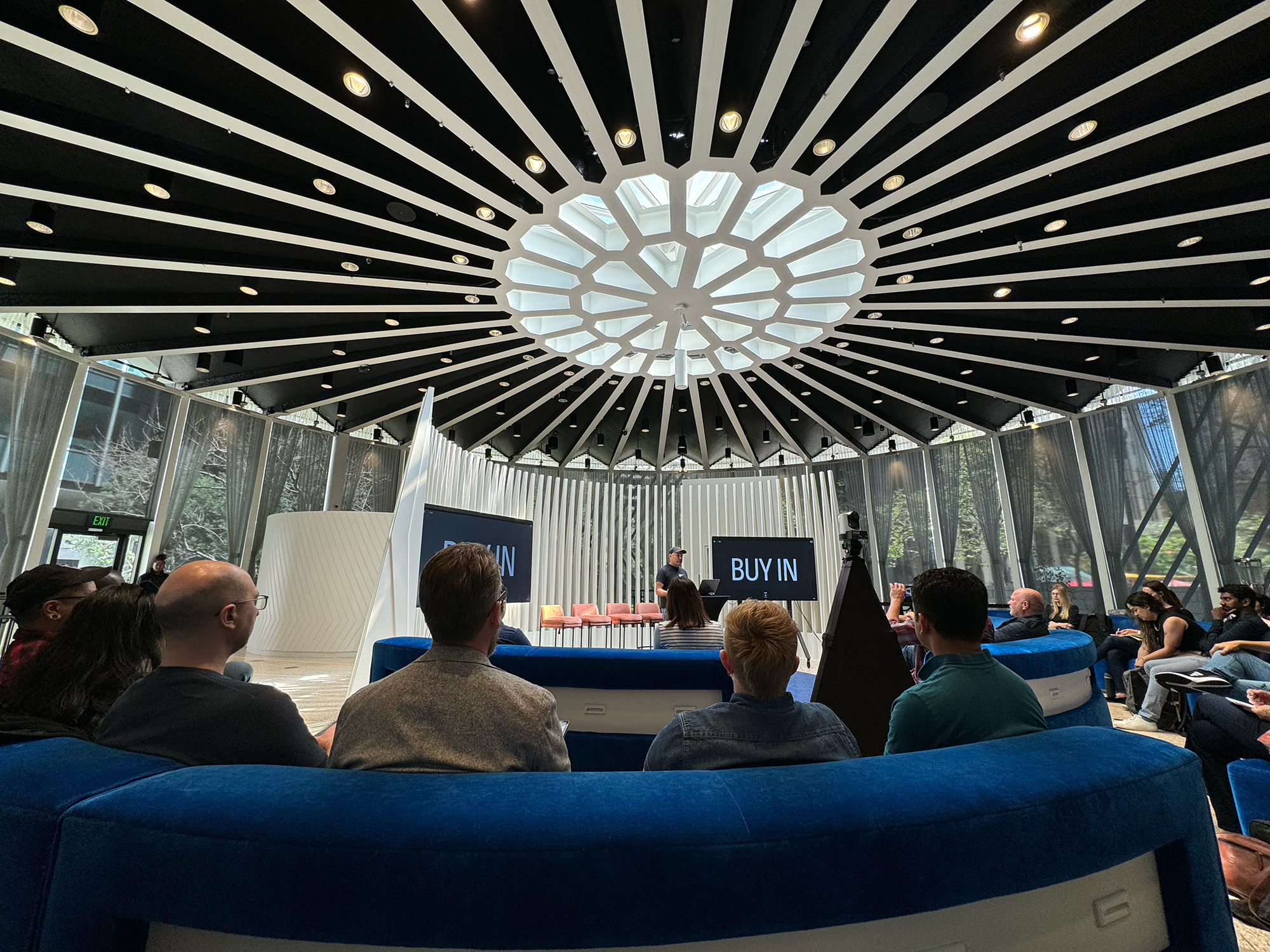
I had the opportunity to attend the Design Systems Leadership Summit by Knapsack in San Francisco. It was a great event with great conversations in a beautiful location.
Historic Venue
The SVB Experience Center is a great new iteration of this historic pavilion at One Bush Plaza. The small circular building contrasts with the massive nineteen-story office tower across the Japanese-inspired plaza. The complex, built in 1959, was designed by Edward Charles Bassett of Skidmore, Owings & Merrill in the International Style.
In the mix of tall towers along Market Street, you may walk by without noticing it today, but at the time it was a strong futuristic design statement. You can still see the original style in the restored building today, with its 360-degree glass walls, geometric ceiling structure, terrazzo floors, and spiral staircase. The lower level includes an imposing bank vault that our SVB host explained will store a wine collection for events. It’s nice to see this interesting architecture preserved and open for use.
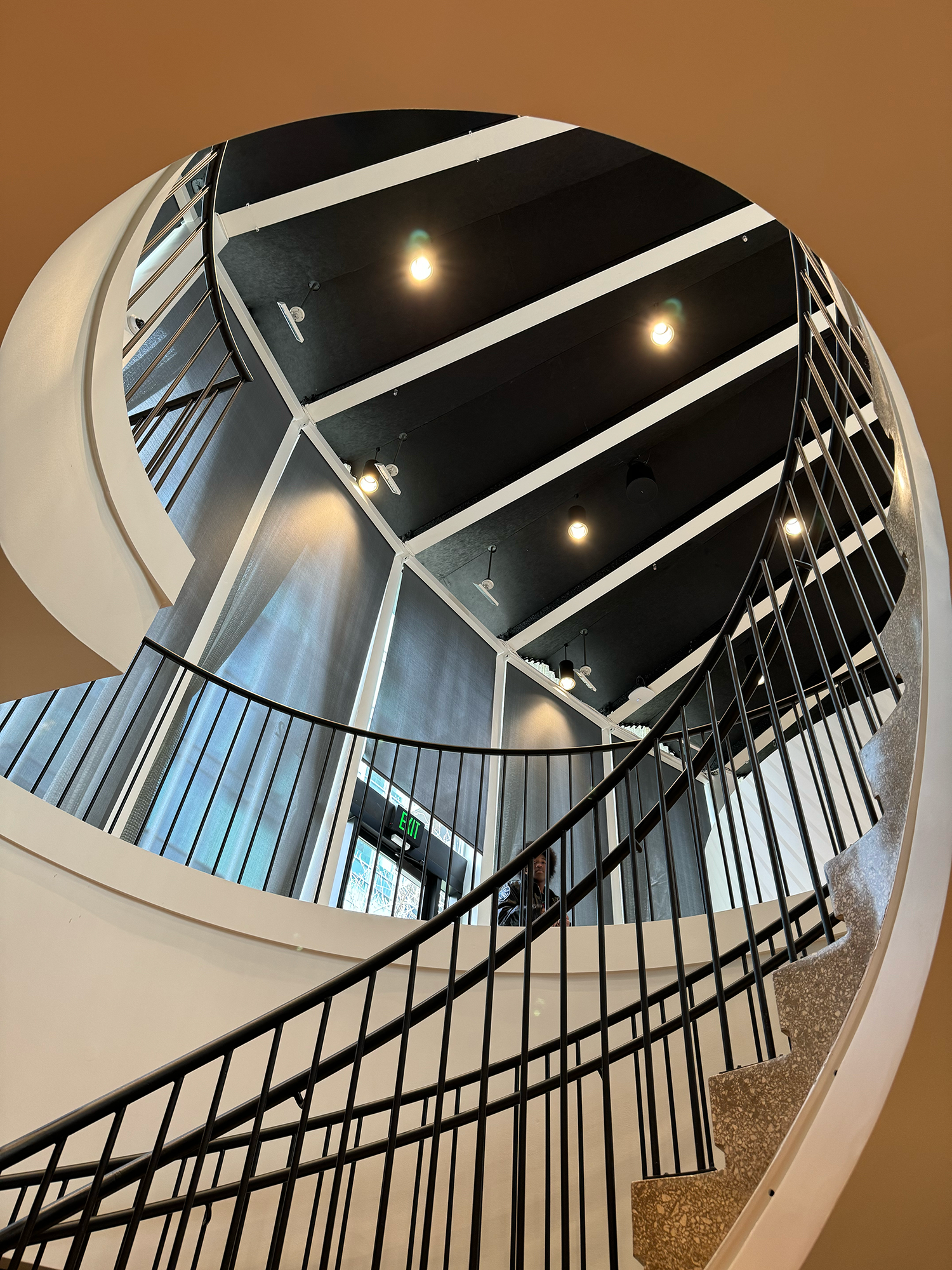
Interactive Sharing
Instead of a typical passive lecture, the Knapsack team created a very interactive format where discussions were built into each session, encouraging participation from the whole group. It was really valuable to hear different experiences from many voices in the room. The small size of the group, 29 folks, also made it easier to speak up and share.
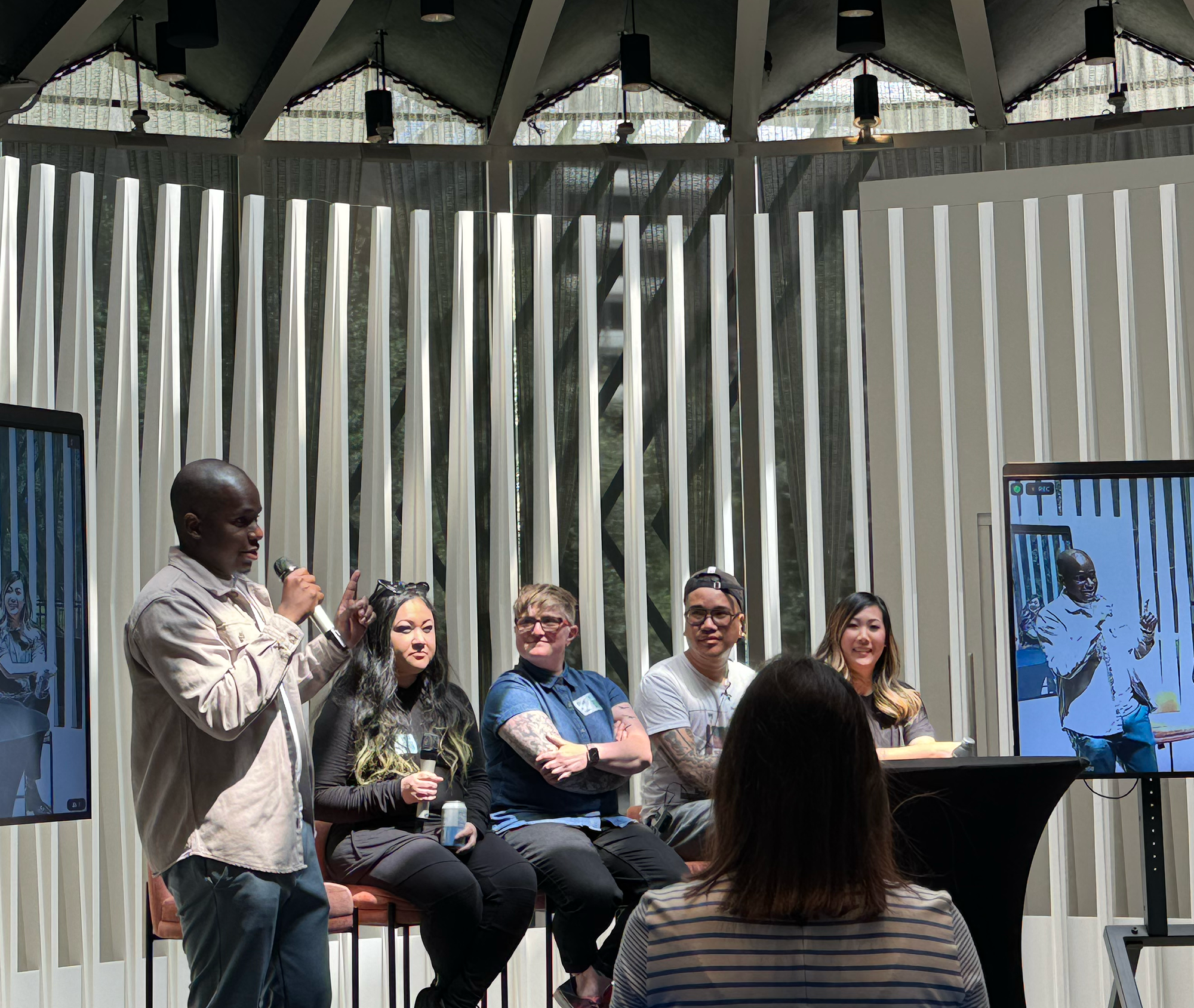
Buy-In
PJ Onori opened the day with the topic of Design System Buy-In. Here are some of my notes:
- Real evidence gets real buy-in: people/resource investment from leaders
- Make clear incentives
- Tie incentives to employee performance and rewards
- Give credit, shout-outs, validation to participants
- Swim in the same direction as your company
- Align your DS work to company goals to gain attention and resources
- Be loud, promote that your DS is aligned to those goals
- People have different motivations
- Success, authority, praise, craft - knowing these will help you gain momentum
- Offer no easy exits - using the system should be easier than not using it
- Use mandates from leaders
- Use tech requirements
- Make the DS a required part of design workflows
- Make it “everyone’s baby”
- If only the DS team cares, it won’t get far, everyone needs to care about the DS’ success
- Don’t be a jerk
- The change required for DS can be slow and requires patience in working with people and their timelines
- Be friendly and light-hearted in your interactions, have a larger perspective
- Always be selling
- Having a major in DS requires a minor in Sales
- People naturally diverge and disorganize so maintaining progress requires ongoing selling
- Inject advocacy into all your processes
- What is beautiful is usable
- Our natural bias draws us to consider appealing-looking things as more effective and higher quality, even if they don’t need to be beautiful to function best
- Make your DS look good (docs, patterns, comms, etc), making sure it has substance as well
- Facts matter
- Measure adoption in design and engineering
- Data shifts the conversation away from feelings into evidence - key for selling adoption
- Blast this evidence out to your audience, sell with proof of success
- Repetition, repetition, repetition
- Say things many times, not everyone will pay attention to your comms
- Persistence will help you permeate the culture
- “Yes” is great, but its not enough
- If you don’t agree on actions/scope you will have miss-matched expectations
- Educate and align teams on what you expect with a “yes”
- You only control what you control
- Don’t take it personally when you don’t win all the battles, focus on your small wins
- Remember this when it’s your turn
- When new folks come in and have ideas, new ways of working be nice and remember when you were in their place
- A key measurement for executives is velocity
- They want to ship innovations faster, show how the DS supports that
- Know statistics, provide fuzzy math as evidence
- Knapsack said it’s often a 30% increase in velocity with DS
Panel: Crafting adaptive design systems
Adekunle Oduye lead a panel discussion with Jennie S Y., 🖤 Jina A., Allison S., and Davy Fung about making DS adaptable to current needs and future changes. I noted some takeaways:
- Tie your DS goals to company OKRs (as PJ mentioned)
- Align to requirements like accessibility, internationalization, rebrands, or other things the company needs to get done
- Where does DS live in the org?
- Arguments that it’s a product, a service, a platform lead to different placements in a corporation’s org structure. They raised pros and cons of each approach.
- It’s all of those things, but each company will need a different focus, it evolves over time
- Acquisitions and mergers with DS
- Multi-brand with separate branded systems, can still share foundational layers and patterns
- Monolithic, everything merged into one main system needs to balance needs of different product areas
- Marketing DS and Product DS can share atoms but have different needs so built independent
- Team ratios
- Ideal is 1 designer to 1 engineer, but often 1:30 1:100 can be the case.
- Different ratio needed compared to product teams at 1:6
- Better to grow slower and carefully than over-invest
Demo
Knapsack’s Chris Strahl, and Evan Lovely gave a live demo of their platform and shared a previewed of new features they are working on. It was great to see they are exploring new ways to add value for DS teams beyond the standard docs and token features.
Discussion
To cap off the day, Nick Hahn led a sharing time for our stories on different DS topics.
- I liked the idea of having an onboarding rotation where new hires stay 2 weeks on 3 separate teams to get exposure to different products and groups. One rotation is the DS team where they get to see how things work, gain empathy for DS work.
- Interacting with difficult teams came up and an idea shared was to have a fast-track intake for teams you need to quickly build things for, along side the normal intake which takes more time. The fast track gives this team easy access and builds trust with them to get them to adopt.
- All the ideas and stories helped me consider how other teams solved similar problems and helped forecast some future issues that can arise.
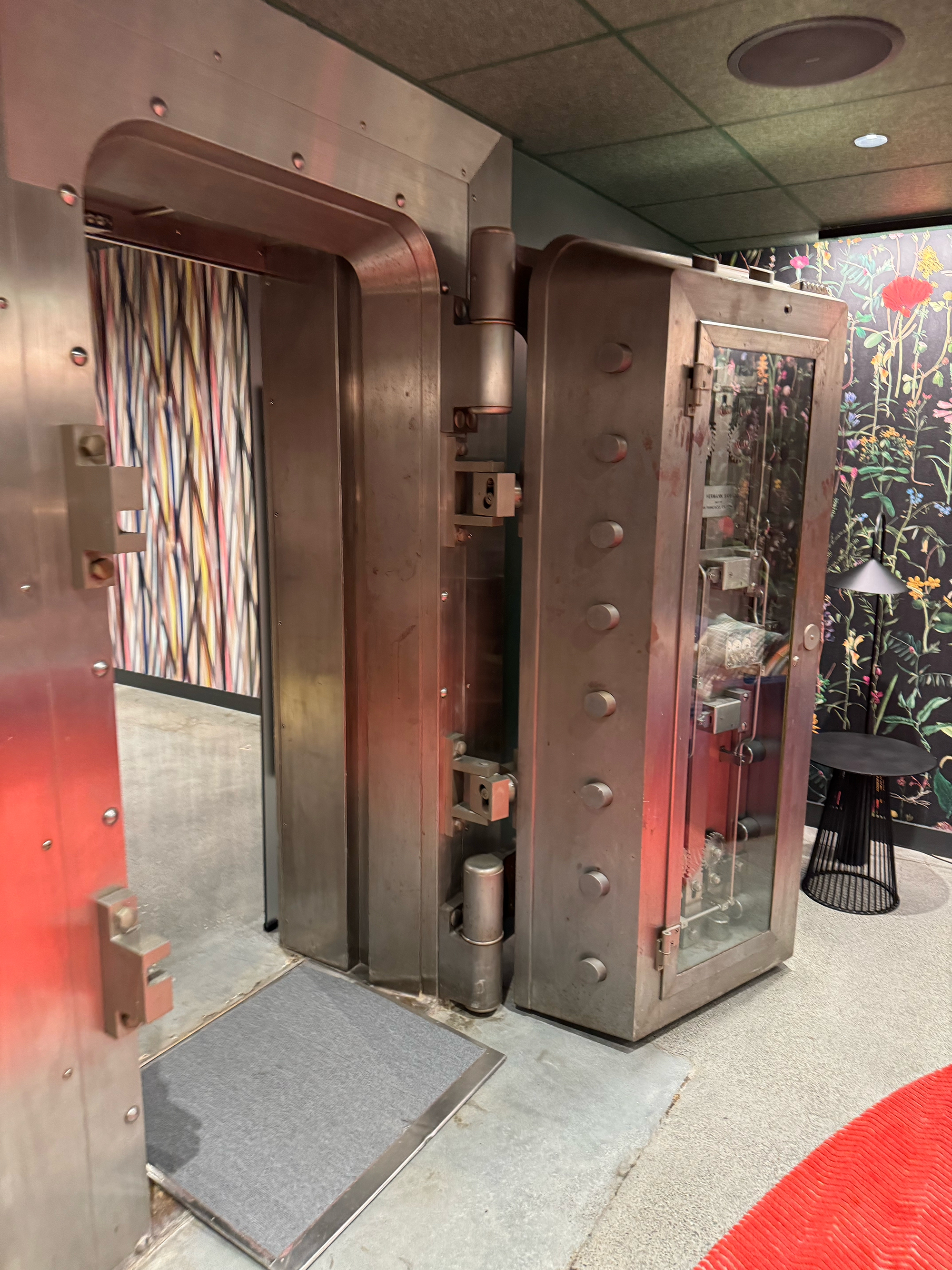
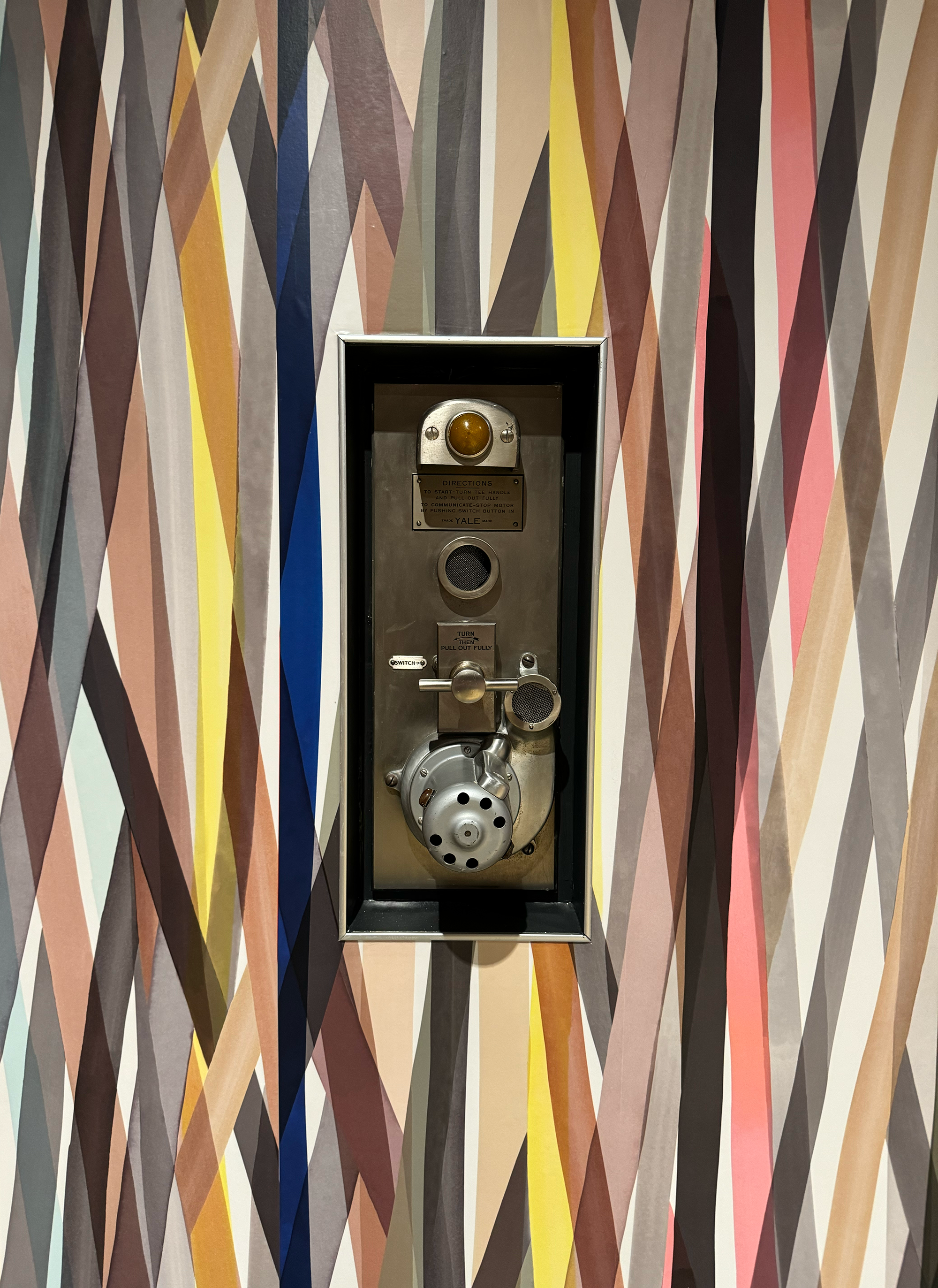
A good day
Overall it was a great experience and a refreshing change from a typical conference or meetup. We had a small enough group to get the introverts like me talking and the focused content was easy to follow and learn from. Free food always helps as well :)
Thanks to the Knapsack team for hosting us and including me. If you’re interested in joining a similar event, check out their future sessions across the US.